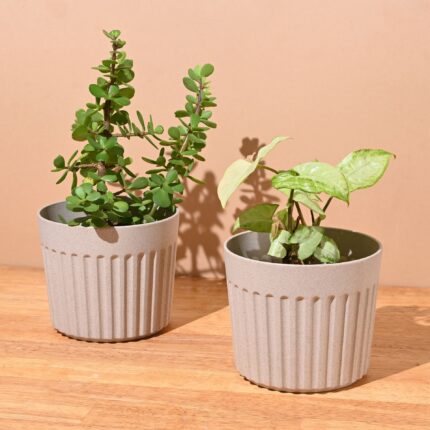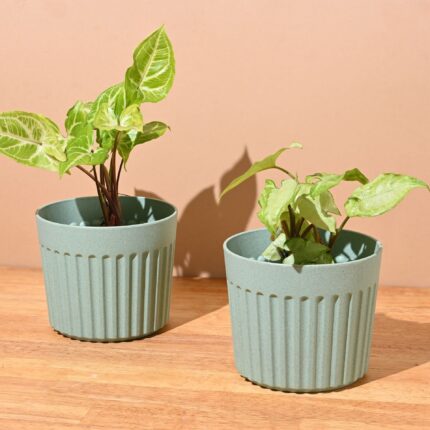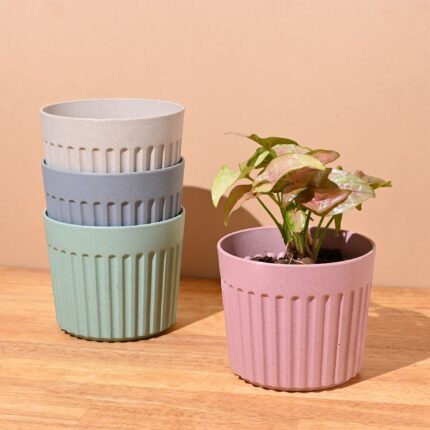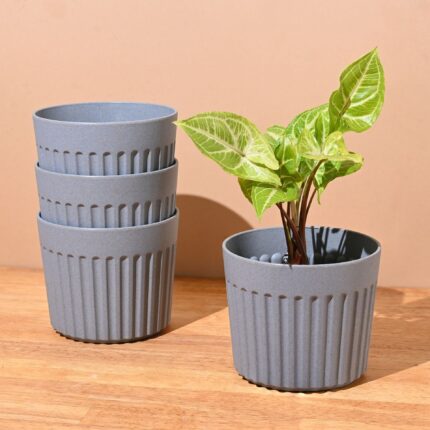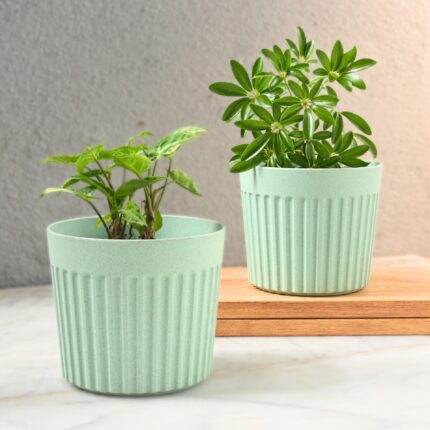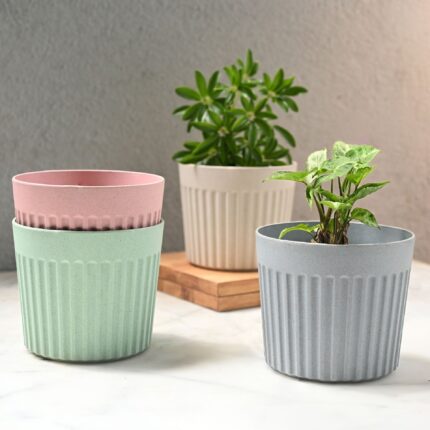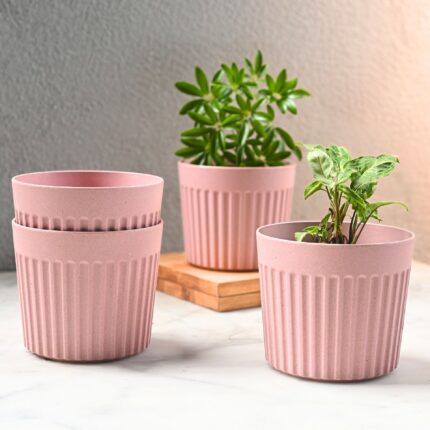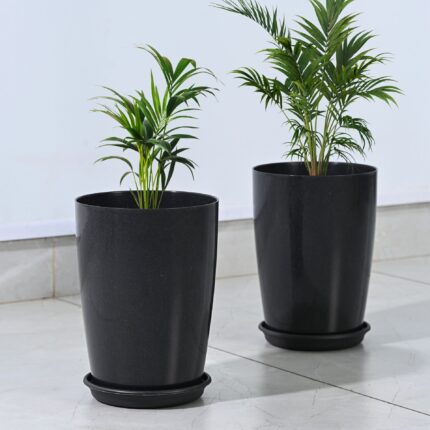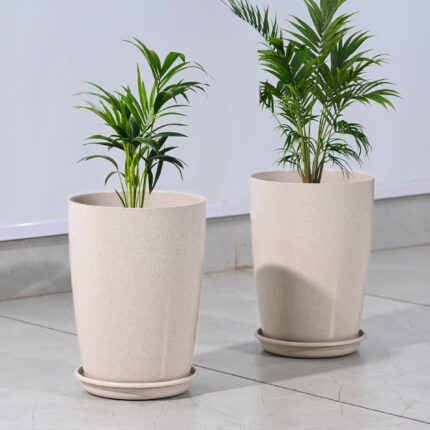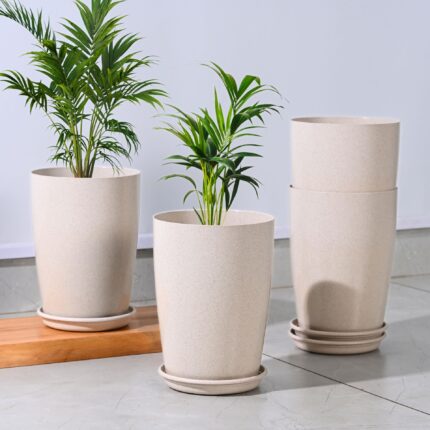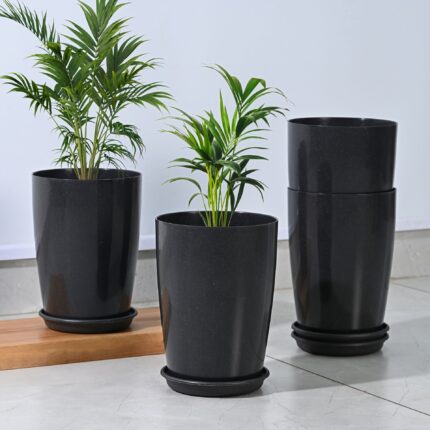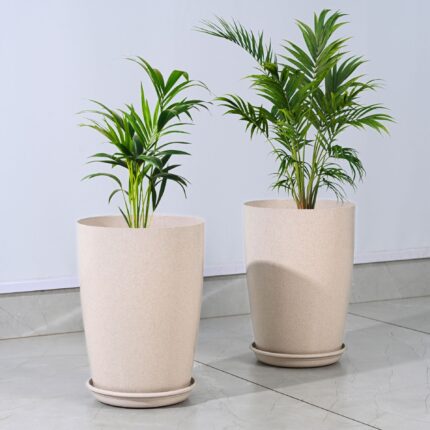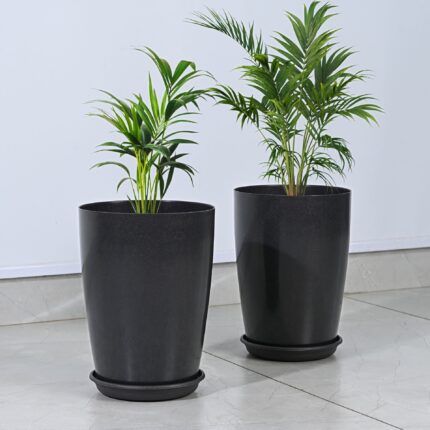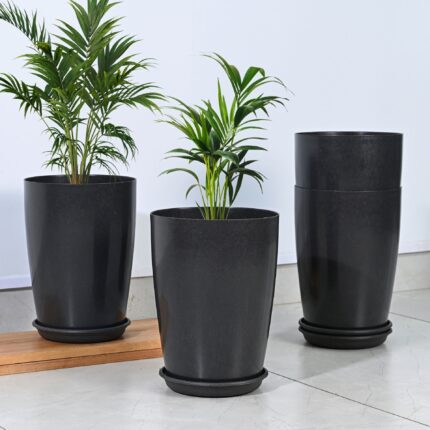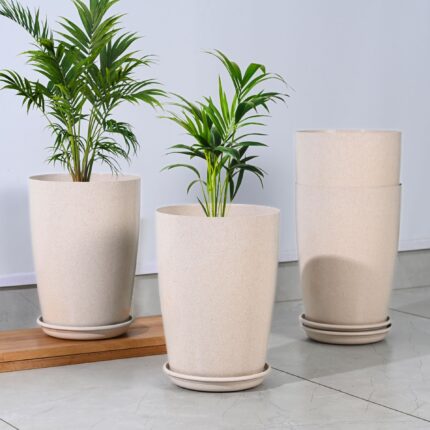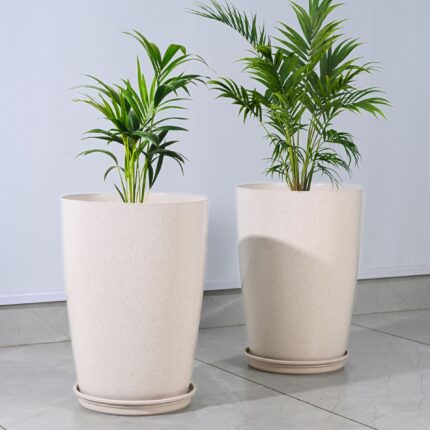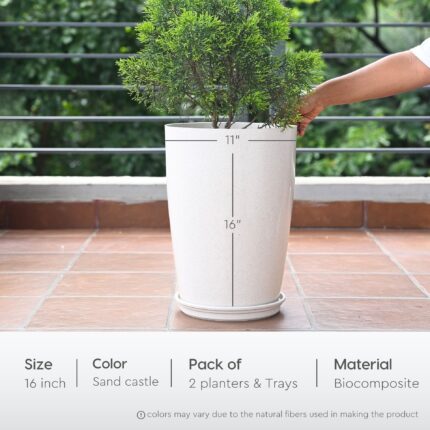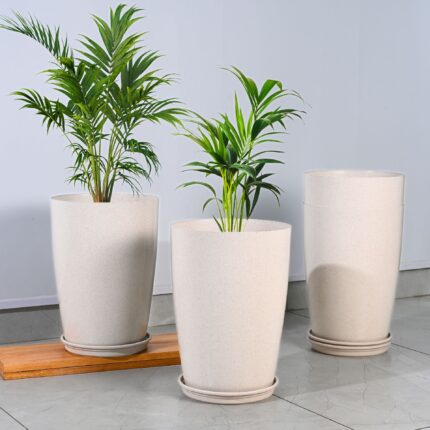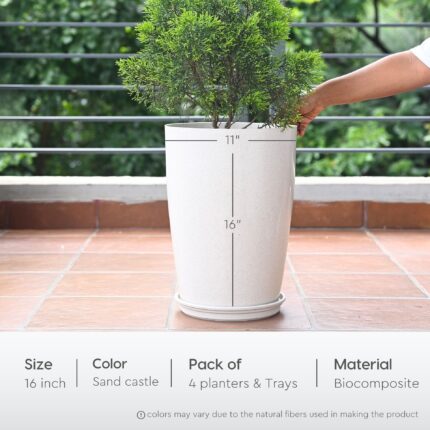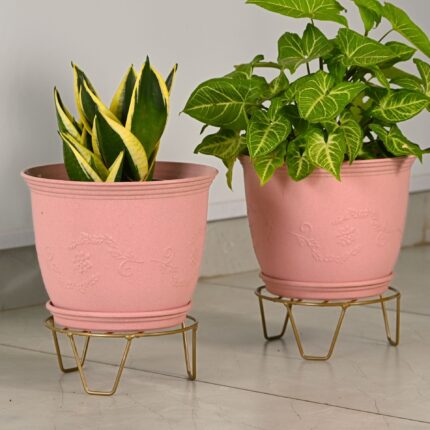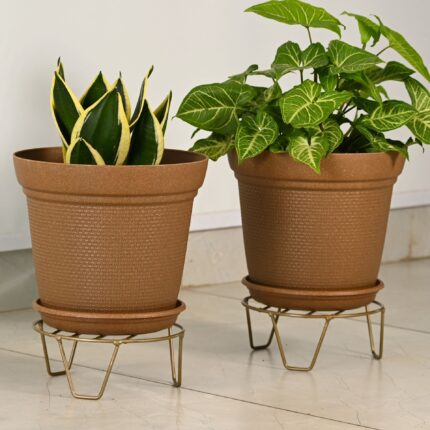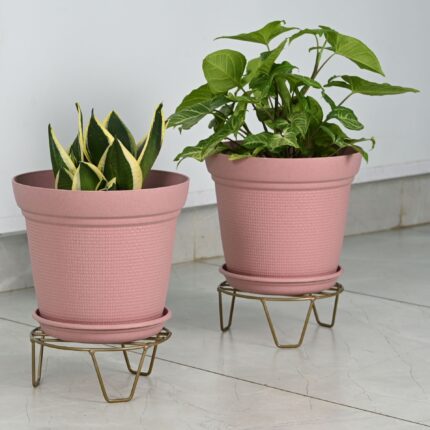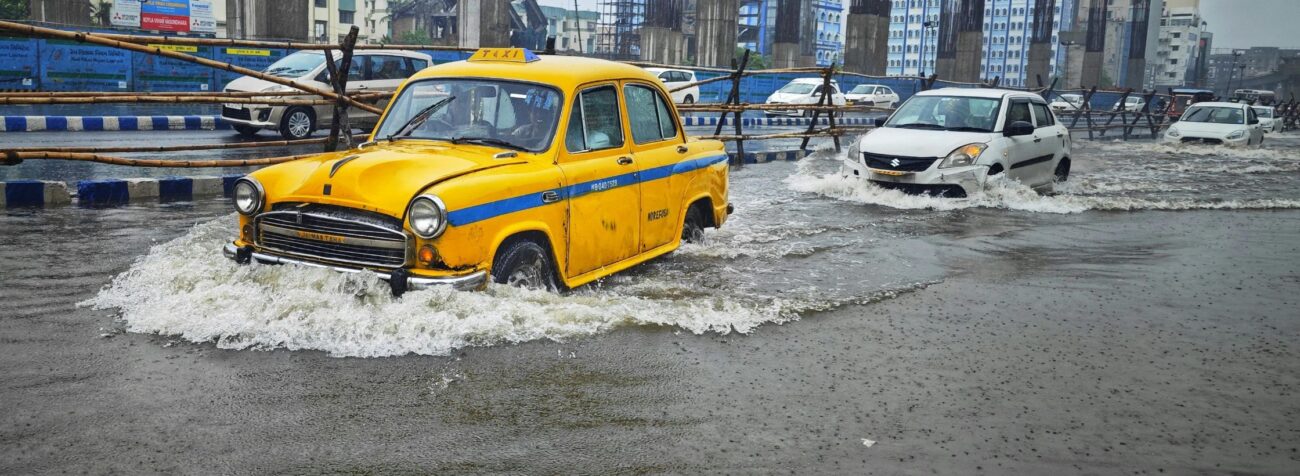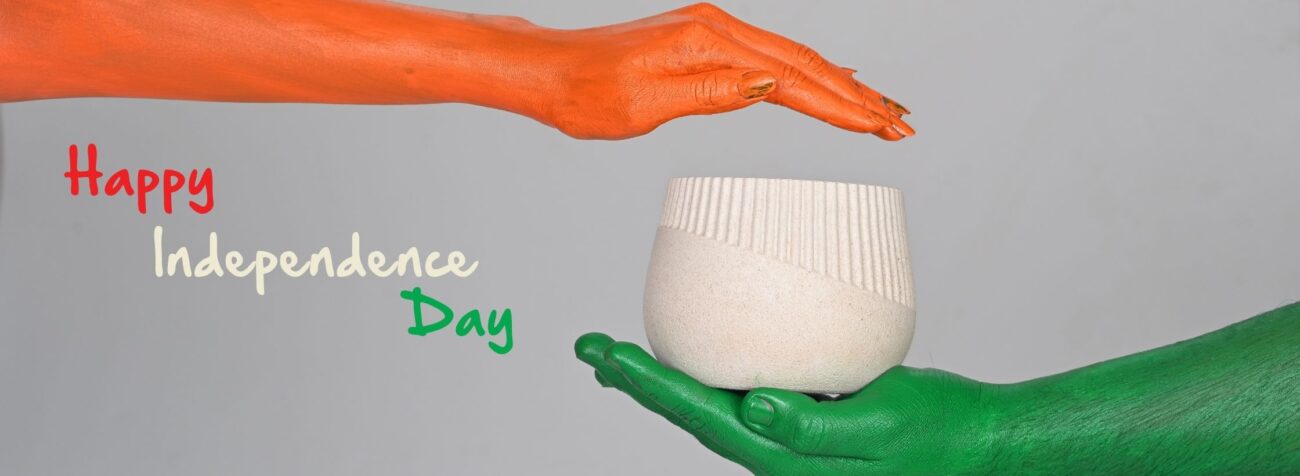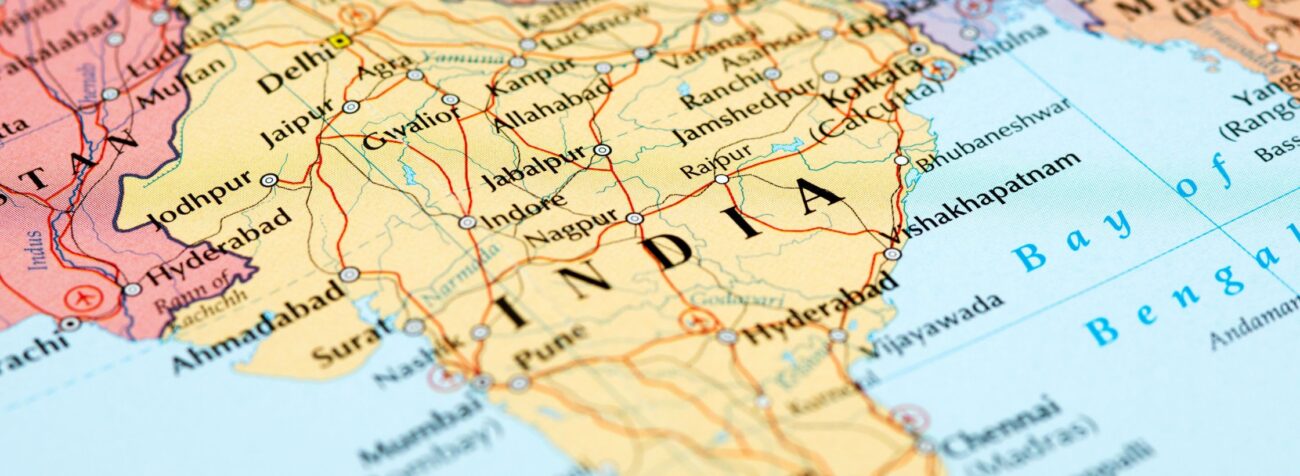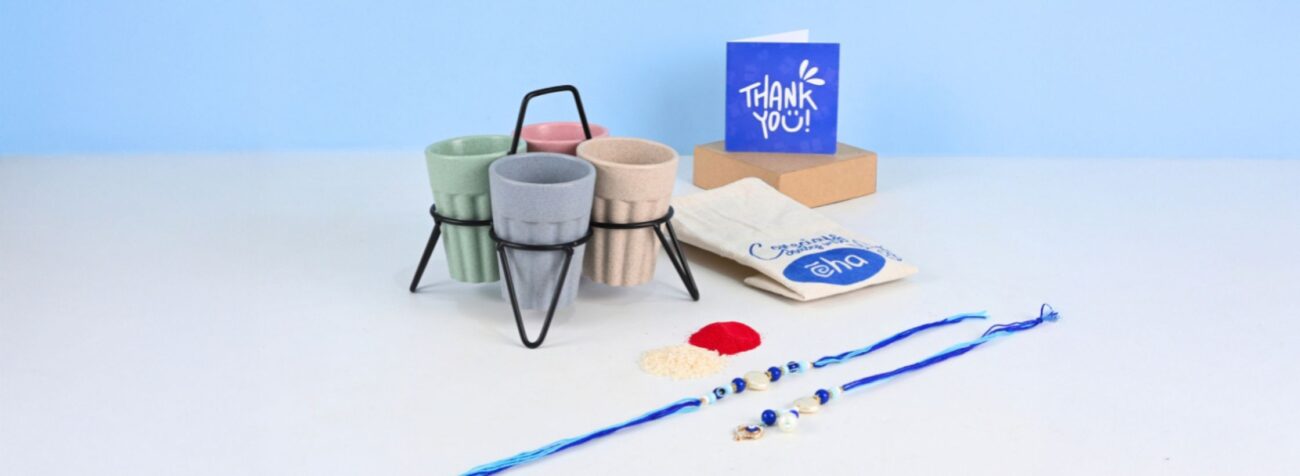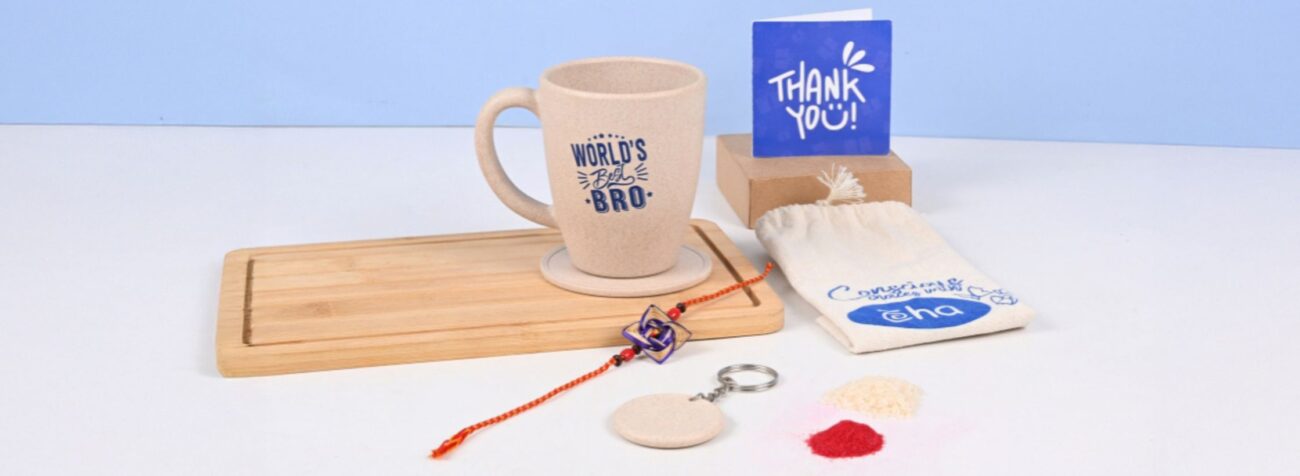What is Carbon Farming and Can It Really Reverse Climate Change?
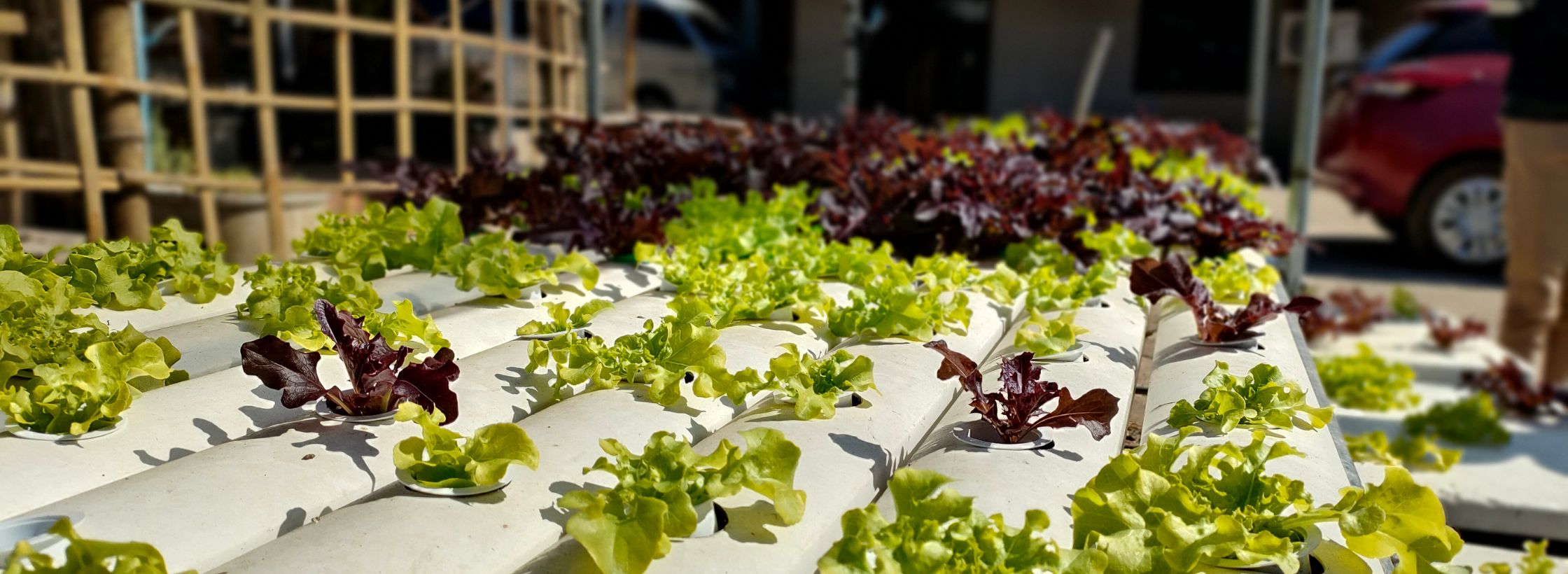
What is Carbon Farming and Can It Really Reverse Climate Change?
Carbon farming is a set of agricultural practices that focuses on drawing carbon from the atmosphere and storing it in the soil, helping to improve soil health and mitigate climate change.
Climate change is one of the most pressing global challenges of our time, impacting ecosystems and human societies worldwide.
Ever feel like the world’s problems, especially something as big as climate change, are just too much to handle? We see headlines about rising temperatures and extreme weather, and it’s easy to feel helpless. Maybe you’re already doing your part—recycling, using a reusable cup, buying less plastic. But what if we told you that the very ground beneath our feet holds a powerful key to fighting climate change? It’s not a fancy new technology or a complex government policy. It’s a simple, ancient idea known as carbon farming.
You might be asking, “Carbon farming? What exactly is that?” And “Can it really help reverse climate change?” These are big questions, and they’re worth exploring. Pull up a chair, grab a mug of your favorite tea, and let’s get into it.
The Problem: Why Are We Even Talking About This?
To get to the solution, we have to understand the core of the problem. We’ve all heard about greenhouse gases, particularly carbon dioxide (CO2). But let’s be real—what are the actual climate change reasons? A lot of it comes down to how we’ve lived for the last couple of centuries. Burning fossil fuels for energy, manufacturing, and transportation has released huge amounts of CO2 into the atmosphere. On top of that, traditional farming methods have often unintentionally contributed to the problem by releasing the carbon already stored in soil. Think of it like this: healthy soil is like a sponge for carbon. When you till the soil, you expose it to air, and that carbon gets squeezed out and goes right back into the atmosphere.
This is where things get interesting. We’ve been treating our soil like an inert medium, but it’s actually a living ecosystem. The more we disturb it, the more we contribute to a big, global issue. And that’s a real downer, isn’t it? But here’s the good news: we can turn this around.
The Solution: A New Way to Farm for an Old Problem
What is Carbon Farming?
Simply put, carbon farming is a set of agricultural practices that aims to draw carbon out of the atmosphere and store it back in the soil where it belongs. It’s about working with nature, not against it. It’s an essential form of climate action. Instead of just harvesting crops, farmers are also “harvesting” carbon.
This isn’t about some secret, high-tech solution. It’s about a blend of ancient wisdom and modern understanding. Imagine a field. Instead of being left bare after a harvest, a farmer plants a “cover crop”—something like clover or rye. These plants are like living shields, protecting the soil from erosion and heat. More importantly, their roots, and the organisms they support, are constantly pulling carbon from the air and depositing it in the soil. It’s one of the best ways to start addressing the climate change reasons.
Here are some of the key practices:
No-Till Farming: Less tilling means less soil disturbance, keeping carbon locked in the ground.
Cover Cropping: Planting non-cash crops to keep the soil covered year-round.
Agroforestry: Integrating trees and shrubs into farming systems. Trees are masters of carbon storage!
Managed Grazing: Moving livestock frequently to allow pastures to regenerate and build deeper, carbon-rich root systems.
The Connection to Our Everyday Lives (and Our Products)
So, what does this have to do with us? Everything! The choices we make as consumers have a ripple effect. When we support brands and businesses committed to regenerative practices, we become part of the solution.
For us, it’s about connecting what we create with the planet’s well-being. Consider our stoneware collection, from our mugs to our storage pots. They are made from natural materials sourced responsibly. A lot of the soil health principles that go into carbon farming mirror our own approach to a circular economy. We design products for durability and reuse, so they don’t end up in a landfill. Our compostable planters? They are designed to give back to the soil, just like regenerative farming practices. This is all about climate action in a very practical sense.
We believe that every product should have a purpose beyond just its function. A beautiful ceramic mug isn’t just for your morning coffee; it’s a small statement against single-use waste. A bamboo storage container isn’t just for your pantry; it’s a commitment to using biomaterials and reducing your carbon footprint. This is the new green economy in action—where every purchase helps build a better world.
The Real-World Impact
Let’s share a story. We worked with a small supplier for some of our wooden tableware. They practice a form of agroforestry. They don’t just cut down trees; they plant and manage forests in a way that benefits the surrounding ecosystem. The soil on their land is incredibly healthy, rich with organic matter and teeming with life. That’s a direct result of carbon farming. And it translates to a product you can feel good about. It’s a prime example of how reducing our carbon footprint starts with mindful choices.
Another example is preventing crop-burning. A lot of farmers burn leftover crop residue, which releases a ton of carbon into the atmosphere. With regenerative practices, that residue is incorporated back into the soil, building fertility and sequestering carbon. It’s a simple change with a massive impact. This is how we tackle some of the biggest climate change reasons.
A Big Question: Can it Really Reverse Climate Change?
This is the billion-dollar question. Can carbon farming alone reverse climate change? It’s a powerful tool, but it’s not a silver bullet. Think of it as a crucial piece of a much larger puzzle. It won’t replace the need for renewable energy or a shift away from fossil fuels. But it can make a massive difference.
Scientists estimate that if all of the world’s agricultural lands adopted these practices, we could sequester a significant amount of carbon—potentially enough to offset a huge chunk of global emissions. It’s not a pipe dream; it’s a viable, natural solution that’s already being implemented.
The key is for us all to embrace this change. As a company, we’re dedicated to this idea through our sustainable supply chains, from the materials we choose for our tableware to the way we package our storage items. We’re committed to a fair trade model, ensuring that the people who make our products are treated well and that the earth is too. It’s all interconnected.
Our Role, Your Role
We are a part of a movement towards a circular economy, and we see our role as more than just a place to buy things. We’re here to be a resource, a partner in your journey toward a more sustainable life. We’ll be regularly refreshing this blog with new insights and information because this conversation is always evolving.
So, when you see a set of our mugs or a beautifully crafted planter, remember the story behind it. Remember the healthy soil and the farmers working with nature. Remember that something as simple as a purchase can contribute to a larger movement of climate action. It’s about being intentional. It’s about recognizing that our homes and offices can be hubs for green living, starting with the products we choose to fill them with. It’s a quiet but powerful revolution happening one farm, one product, one person at a time. It’s a lot to think about, isn’t it.
Visit eha’s range of sustainable gardenware to choose, made with biocomposite materials using crop-waste such as rice husk, bamboo fibers and coffee husk.
If you are looking at developing new range of earth friendly gifting speak to experts at Mynusco.







